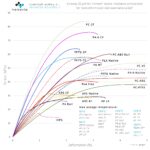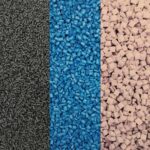Adherence test Magigoo Pro PP GF & Nanovia PP CF
December 14, 2022Polypropylene has the unique property of absorbing close to no humidity. This water resistance makes it particularly useful in sub zero conditions, unlike other polymers it maintains it’s mechanical properties and doesn’t become brittle.
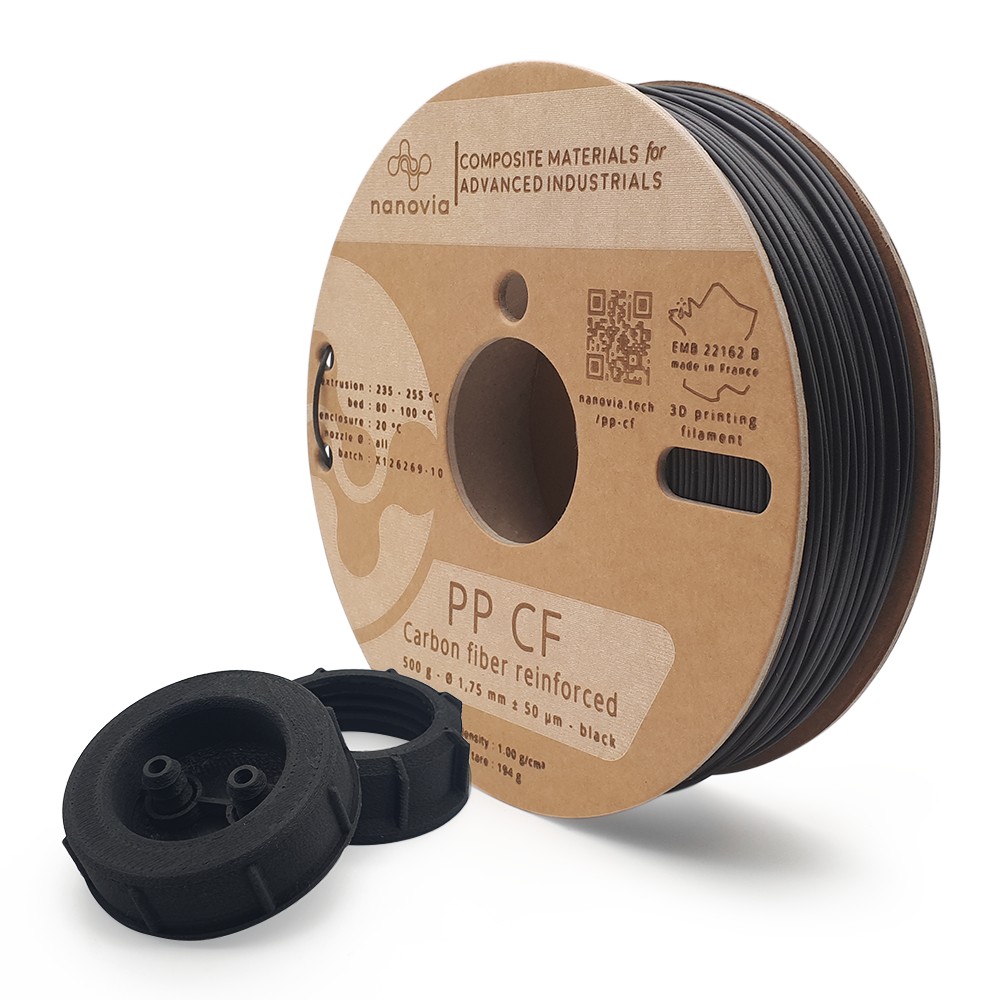
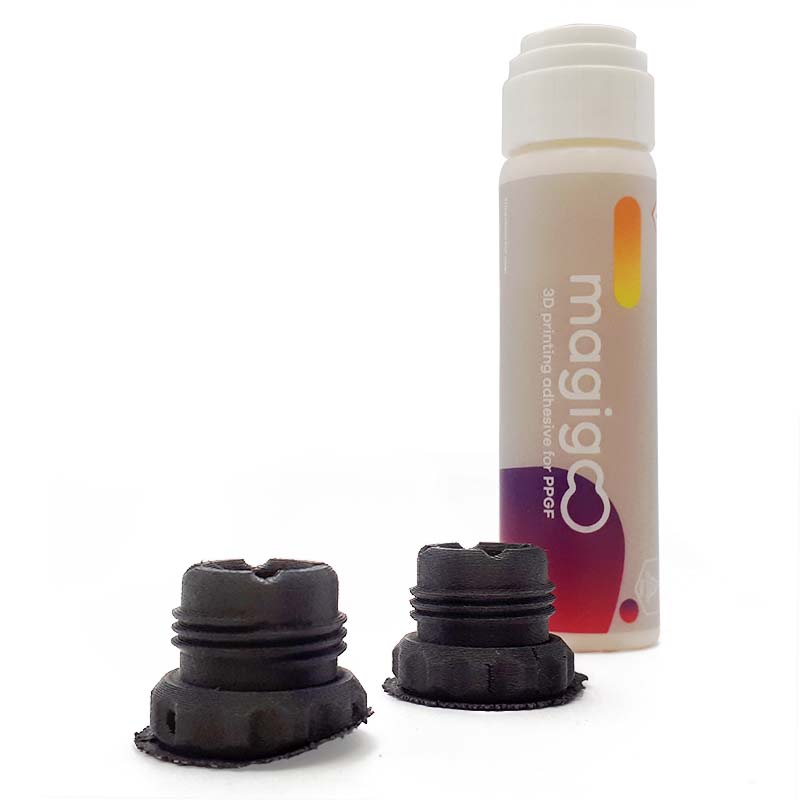
One of its inconveniences when it comes to 3D printing is its poor plate adhesion. In order to print it properly a specialized plate/bed is necessary, such a a poplypropelyne bed or a perforated one.
Multiple techniques have been developed to print this materials on standard beds, such as single use PP films and specialized glues such as Magigoo Pro PP GF.
We’ve tested the latter on 3 different build plates to observe its impact. A smooth PEI bed, a textured steel plate, and finally a perforated plate.
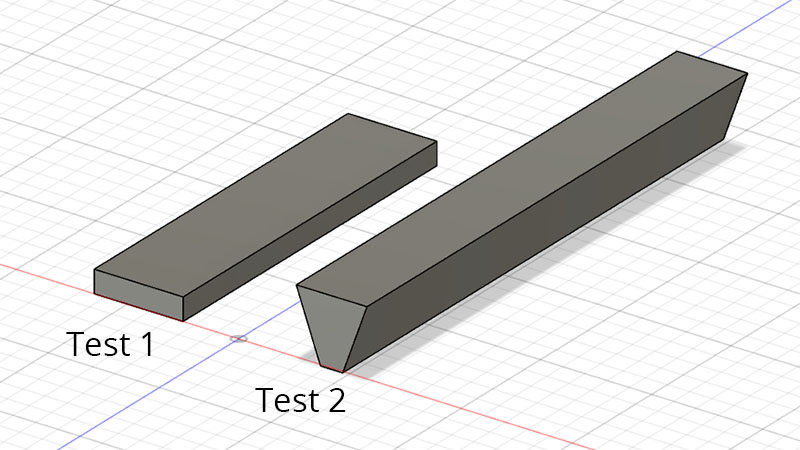
Without adherent
We tested our Nanovia PP CF with the Magigoo test files, neither the smooth or the textured plate were able to hold down the material without and adherent, despite the added carbon fibres limiting the effect. The perforated plate was able to print the parts fully but with signifiant warping on the edge.
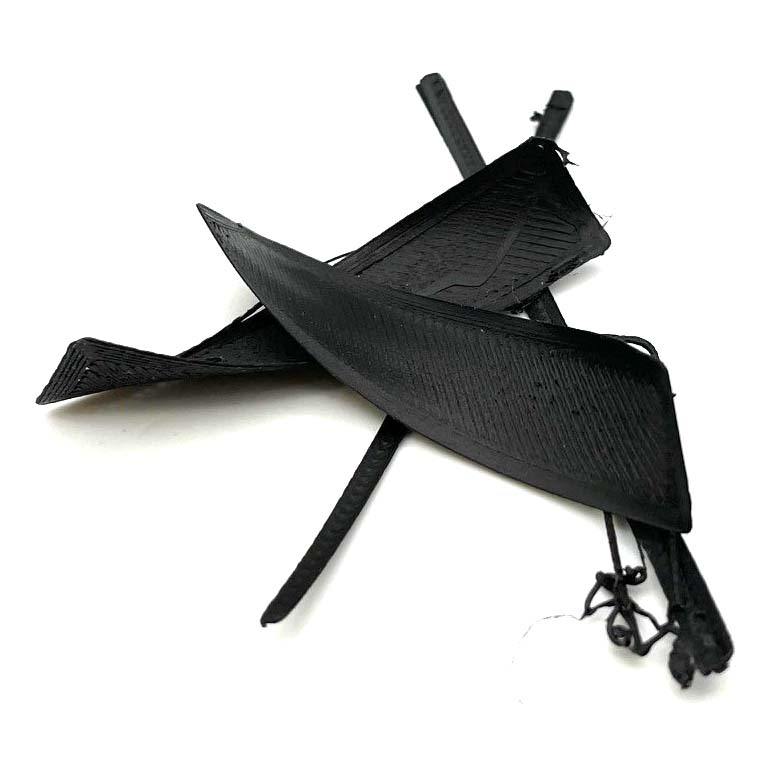
With the Magigoo Pro PP GF adherent
All of the parts printed successfully on all 3 build plates after using the Magifoo Pro PP GF adherent, although on both the smooth and the textured plate warping can be abserved. The print on the textured plate shows no signs of warping.
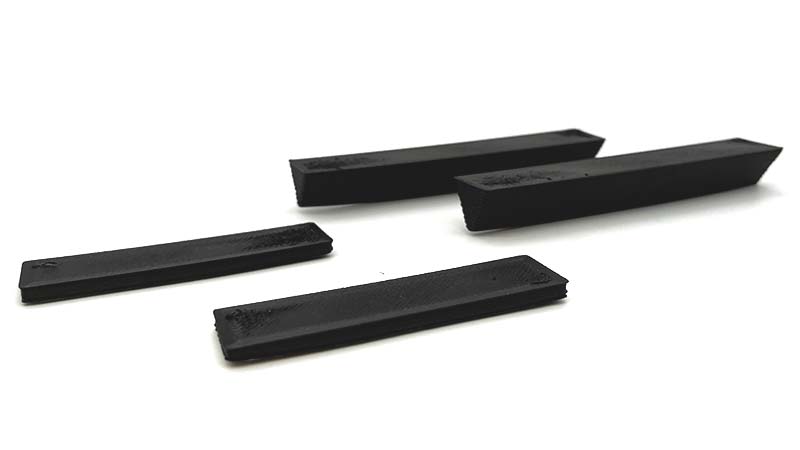
Conclusion
Magigoo Pro PP GF made it possible to print parts designed to be difficult to print, on build plates that without it could not print much more than the first layer. Even though the result on these build plates was not perfect, this improvement also carries through to more specialized build plates allowing for perfect prints.
Tags: Magigoo, Nanovia PP CFCategorised in: Products
